When it comes to choosing dietary supplements, one of the most important factors to consider is whether the product has undergone third-party testing.
With the supplement industry largely unregulated by the FDA, third-party testing serves as your best protection against contaminated, mislabeled, or ineffective products. This comprehensive guide will teach you exactly how to identify third-party tested supplements and why this matters for your health and safety.
What is Third-Party Testing for Supplements?
Third-party testing refers to independent laboratory analyses conducted by organizations with no financial stake in the supplement company or product.
Unlike internal testing performed by manufacturers themselves, third-party testing provides unbiased verification of a supplement's contents, purity, and potency.
During third-party testing, independent laboratories examine supplements for:
-
Ingredient accuracy: Confirming the product contains what's listed on the label
-
Potency verification: Ensuring active ingredients meet stated concentrations
-
Contaminant screening: Testing for heavy metals, pesticides, bacteria, and other harmful substances
-
Banned substance detection: Checking for prohibited ingredients, especially important for athletes
Why Third-Party Supplement Testing Matters
The supplement industry operates under minimal FDA oversight compared to prescription medications. This regulatory gap means manufacturers can make products without pre-market safety or efficacy testing. Third-party testing fills this critical void by providing independent verification that protects consumers from several risks.
Studies have found that many supplements contain ingredients not listed on their labels, while others lack the advertised amounts of active compounds. Some products have been contaminated with heavy metals like lead and mercury, while others contain prescription drug ingredients not disclosed to consumers. Third-party testing acts as your safety net against these quality control failures.
How to Identify Third-Party Tested Supplements
Look for Certification Logos and Seals
The most reliable way to identify third-party tested supplements is by looking for certification logos from recognized testing organizations. These seals typically appear prominently on product labels, packaging, or company websites.
-
NSF International is one of the most respected third-party testing organizations. Their "NSF Certified for Sport" logo indicates comprehensive testing for banned substances, while their "NSF Contents Tested and Certified" seal verifies ingredient accuracy and purity. Products bearing NSF certification undergo rigorous testing and facility inspections.
-
Informed Sport and Informed Choice certifications, managed by LGC Science Group, are widely recognized in the athletic community. These programs test for over 250 banned substances and provide batch-specific testing for many products.
-
USP Verified certification from the United States Pharmacopeia tests for identity, strength, purity, and disintegration. This program applies pharmaceutical-grade standards to dietary supplements.
-
ConsumerLab.com conducts independent testing and publishes results, though they don't provide certification seals. Their testing results are available through their website and can help you identify quality products.
Check Product Labels and Packaging
Third-party tested supplements will clearly display certification information on their labels. Look for specific testing organization names, certification numbers, and batch-specific testing information.
Legitimate third-party testing certifications will include details like testing facility names and date ranges.
Be wary of vague claims like "laboratory tested" or "quality assured" without specific third-party organization names. These generic statements often refer to internal testing rather than independent verification.
Review Company Websites and Documentation
Reputable supplement companies that invest in third-party testing will prominently feature this information on their websites. Look for dedicated quality assurance pages that detail their testing protocols and display certificates of analysis.
Many companies provide batch-specific certificates of analysis (COAs) that show testing results for individual production runs. These documents should include testing dates, methodology details, and results for various contaminants and potency measurements.
Verify Certifications Directly
Don't just take a company's word for their certifications. Most third-party testing organizations maintain searchable databases of certified products on their websites. You can verify that a supplement's claimed certification is legitimate by checking these official databases.
For NSF certifications, visit their website and use their product search tool. USP maintains a similar database for its verified products. This verification step ensures you're not falling for counterfeit certification claims.
How Rho Nutrition Third-Party Tests Supplements
Rho Nutrition operates a comprehensive third-party testing program through independent, ISO 17025-accredited laboratories.
Rho Nutrition works with a network of accredited facilities, including Murray-Brown Laboratories (Colorado), Contract Testing Laboratories (CTLA, Utah), and Advanced Laboratories (Utah). Using multiple labs allows them to match each formula with the team that has the right equipment and validated methods.
A sample from every batch of Rho supplements is pulled at the manufacturer and sent straight to the lab. The lot number on the bottle matches the lot number on the certificate of analysis (COA).
Comprehensive Testing Parameters:
-
Microbial safety – total aerobic count, total coliforms, E. coli, Salmonella, Staphylococcus aureus, yeast, and mold.
-
Heavy-metal purity – arsenic, cadmium, lead, mercury, often reported as "< 0.001 ppm" or below detection.
-
Identity and potency – actives are quantified by HPLC or ICP-MS to confirm they meet or exceed the label claim.
-
Additional quality checks – pH, viscosity or appearance when required for liquid formulas.
Red Flags to Watch For
Several warning signs indicate a supplement may not be properly third-party tested or may be using misleading testing claims.
Vague or Generic Testing Claims
Generic testing language without specific organization names is a major red flag. Phrases like "tested for purity," "laboratory verified," or "quality assured" without naming the testing facility or organization often indicate internal testing rather than independent verification. Legitimate third-party testing will always specify the certifying organization and provide verifiable documentation.
Suspiciously Low Prices
Extremely low prices compared to similar products can indicate cost-cutting measures that may include skipping third-party testing. While expensive doesn't always mean better, legitimate third-party testing does add costs that are typically reflected in pricing. Be particularly cautious of products that seem too good to be true price-wise.
Lack of Transparency in Documentation
Companies that refuse to provide certificates of analysis or make it difficult to access testing documentation may be hiding quality issues. Transparent companies readily share their testing results with customers and make COAs easily accessible on their websites or upon request.
Missing or Expired Certifications
Missing or expired certifications also warrant caution. Third-party certifications typically need renewal and ongoing testing to remain valid. Check that certification dates are current and that products maintain their certified status. Be suspicious of companies that display old certification logos without current verification.
Unverifiable Certification Claims
Some companies may display fake or unauthorized certification logos. Always verify certifications through the official databases of testing organizations rather than trusting the claims on packaging alone. If you cannot find a product in the certifying organization's official database, consider it a red flag.
Questions to Ask Supplement Companies About Third Party Testing
When evaluating supplements, don't hesitate to contact companies directly with specific questions about their testing practices. Ask which third-party organizations conduct their testing and request to see recent certificates of analysis for the specific product lot you're considering.
Inquire about testing frequency and whether every batch receives third-party verification or if testing occurs less frequently. The most reliable companies test every production batch rather than conducting occasional spot checks.
Ask about the specific contaminants and parameters included in their testing panels. Comprehensive third-party testing should screen for heavy metals, microbial contamination, pesticide residues, and banned substances when relevant.
Bottom Line
Identifying third-party tested supplements requires attention to detail and verification of claims, but this extra effort provides crucial protection for your health and investment. Look for specific certification logos from recognized organizations, verify certifications through official databases, and don't settle for vague testing claims.
The supplement industry's minimal regulation makes third-party testing your best defense against quality control failures. By choosing certified products from transparent companies, you can shop with confidence knowing your supplements have undergone rigorous independent verification for safety, purity, and potency.
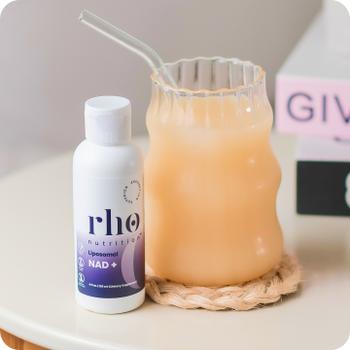
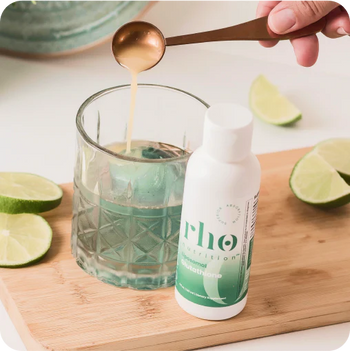
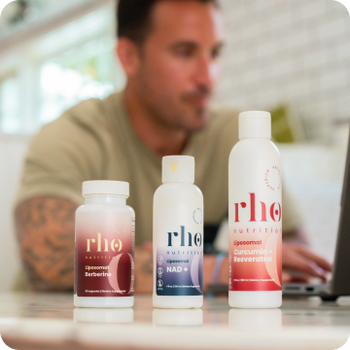
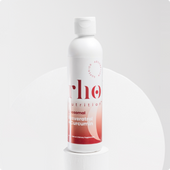
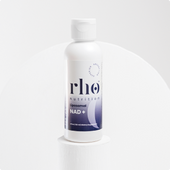
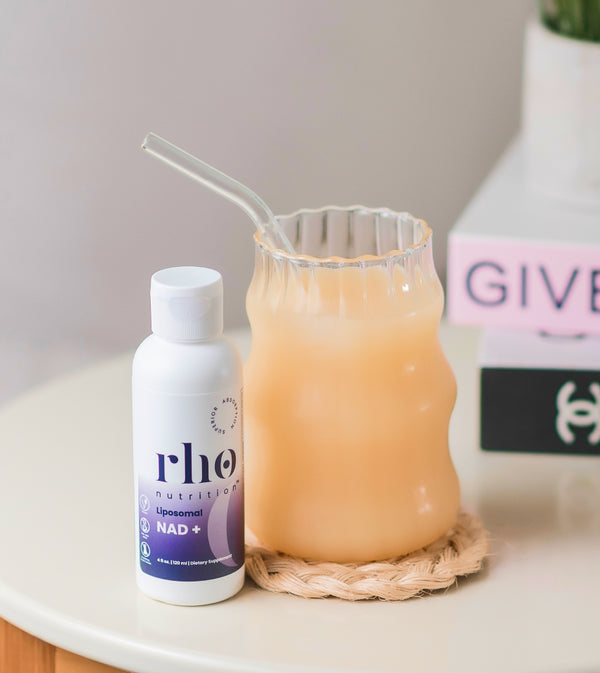
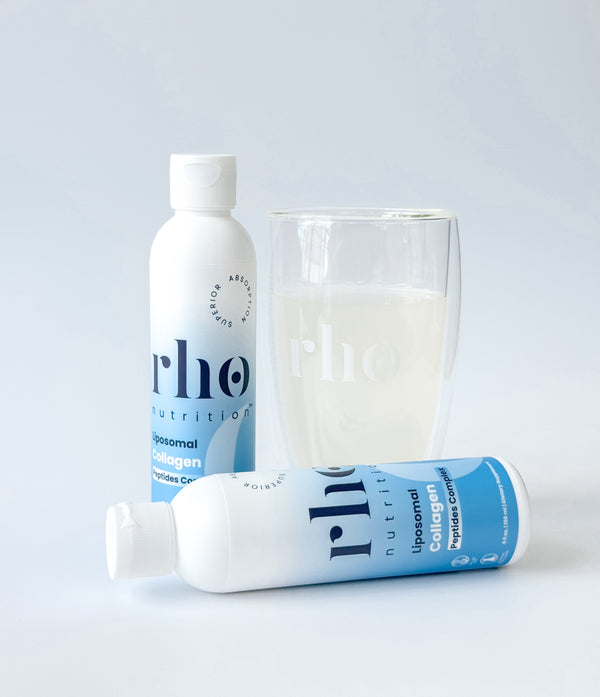
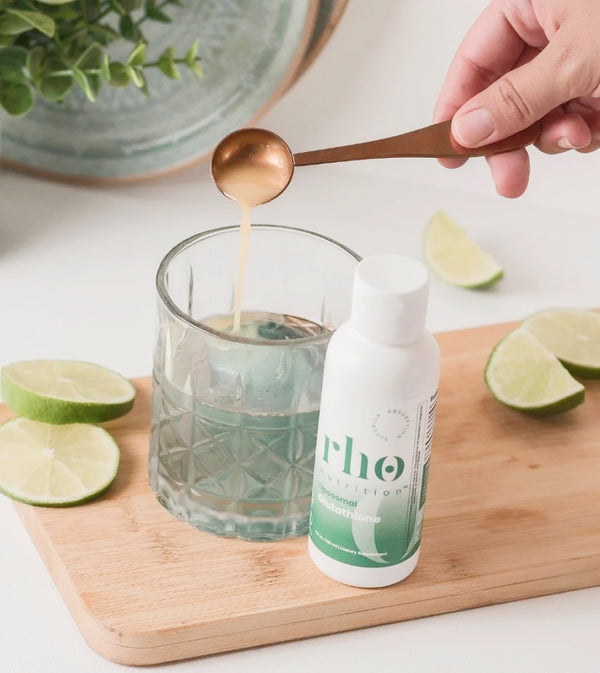
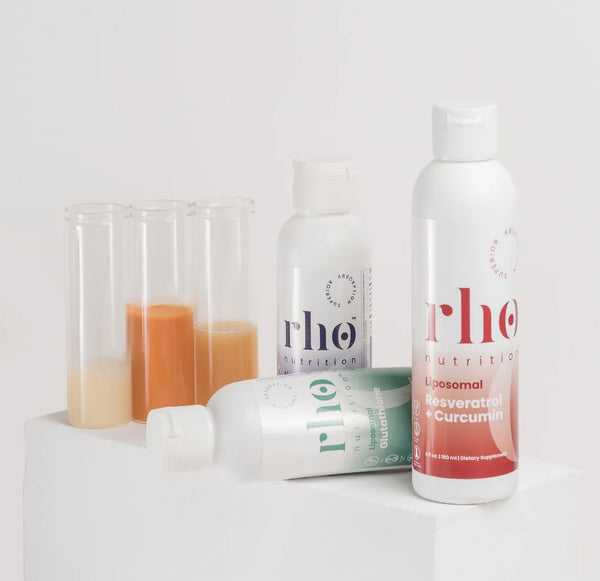
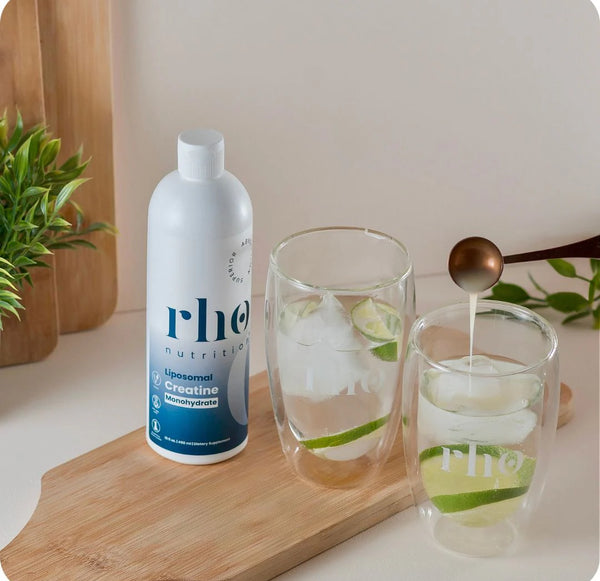



Leave a comment